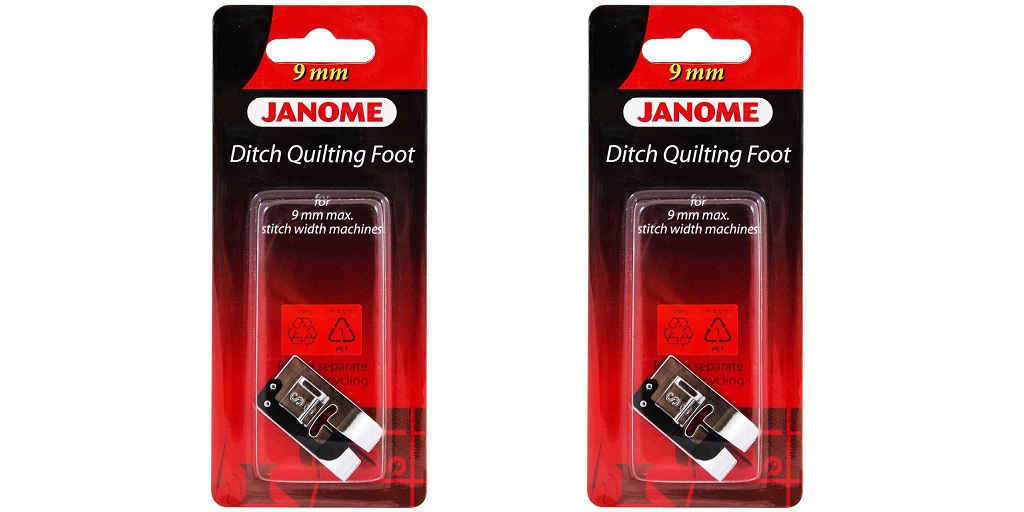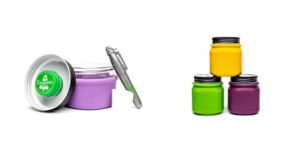
Have you ever rummaged through the attachments that come with your sewing machine, only to wonder how you can use which tool or accessory? Don’t fret, you are not alone.
Many sewing enthusiasts find themselves puzzled by the various presser feet included in their sewing kits. If you are a beginner and wondering which presser feet to use, this can help you know the basic types of presser feet and how to use them effectively.
What is a Presser Foot?
A presser foot is a detachable accessory that holds the fabric in place as you sew. It keeps the fabric flat and steady, allowing the feed dogs—those small metal teeth beneath the needle—to move the fabric smoothly.
There are different types of presser feet designed for various sewing tasks, enhancing your sewing experience and results.
Standard Zigzag Foot
Most sewing machines come with a standard zigzag foot, which is incredibly versatile. This foot has a hole that allows the needle to move side to side, making it suitable for both straight and zigzag stitches. To attach it, simply lower the presser foot lever and snap it into place. Removing it is just as easy—press a button or lever to release.
Zipper Foot
The zipper foot is essential for sewing zippers close to the fabric edges. It allows the needle to position itself either to the left or right of the foot, facilitating a tight stitch along the zipper. When using this foot, place the zipper on the fabric, attach the foot accordingly, and ensure that the needle won’t hit the zipper teeth as you sew. This precision ensures a neat finish without damaging the zipper.
Overcasting Foot
If you don’t own a serger machine, an overcasting foot is a great alternative for finishing raw edges and preventing fraying. This foot features a guide that aligns with the fabric edge, allowing you to sew an overcast stitch.
Simply set your machine to an appropriate stitch—many machines have specific overcast stitch settings—and run the fabric along the guide. The result will mimic the finish of a serger, keeping your seams tidy.
Blind Hem Foot
A blind hem foot is perfect for creating invisible hems on garments. It features a guide that helps you position the fabric accurately. To use it, fold the hem as you would for a standard hem, align the guide with the fold, and sew.
The machine will alternate between a straight stitch on the hem and a tiny stitch that catches the garment’s main fabric, making the stitches nearly invisible when the hem is unfolded.
Buttonhole Foot
The buttonhole foot simplifies the process of sewing buttonholes. Many machines today come with automatic buttonhole capabilities. Insert the button into the foot, which automatically adjusts the stitch length based on the button size.
Attach the foot, select the appropriate buttonhole stitch on your machine, and sew. This foot ensures perfectly sized buttonholes every time, reducing the intimidation often associated with this task.
Button Foot
After creating a buttonhole, you can use a button foot to sew buttons onto your fabric. This foot prevents the fabric from shifting while you sew. Drop the feed dogs on your machine to keep the button stable during sewing.
Position the button where you want it, select a zigzag stitch with a stitch length of zero, and manually adjust the needle width until it aligns with the buttonholes. Sew back and forth until secure.
Know Your Presser Feet!
Understanding and using the various presser feet that come with your sewing machine can significantly enhance your sewing projects. Each foot serves a unique purpose, enabling you to create professional-looking finishes with ease.
Don’t hesitate to refer to your sewing machine manual for specific instructions and stitch options related to each foot. With practice, you’ll become more comfortable using these attachments, making your sewing experience enjoyable and efficient.


